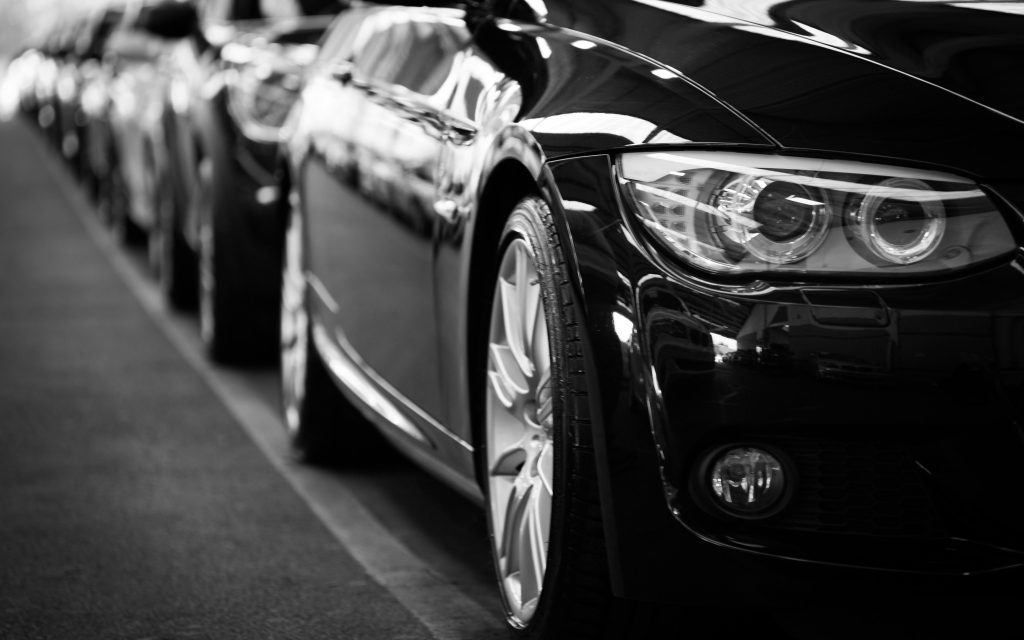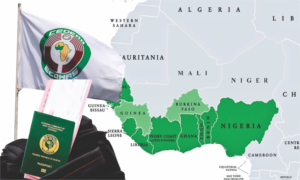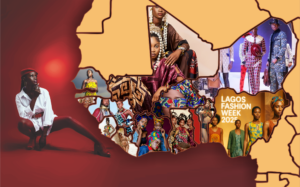Chinese and Indian Automakers Rev Up in South Africa: Trade Barriers Abroad, New Horizons at Home

As U.S. trade barriers ripple through global supply chains, South Africa is emerging as an unlikely winner. The continent’s most industrialized nation is fast becoming a strategic hub for international automakers, mainly from China and India, who see it not only as a profitable market but also as a gateway to Africa’s 1.4 billion consumers.
In the coming months, brands such as Leapmotor, LDV, and Tata Motors are preparing to expand or launch operations in South Africa, underlining the country’s growing appeal as both a business destination and a geopolitical player within the BRICS network.
![]()
But beyond the glossy showrooms and factory floors, this race into Africa’s richest nation carries deep business, human, political, and social dimensions.
South Africa’s automotive industry is already one of its economic pillars, contributing nearly 5% of GDP and employing hundreds of thousands. The arrival of Chinese and Indian automakers injects new energy into a sector seeking growth beyond traditional partners.
For Chinese brands like Leapmotor and LDV, South Africa offers a critical testbed for electric vehicles (EVs) in Africa, where infrastructure is still limited but demand is expected to surge. Indian automaker Tata Motors, with deep experience in emerging markets, is leveraging South Africa’s well-developed logistics and finance systems to expand across the continent.
At the same time, U.S. tariffs and shifting European regulations have made Africa increasingly attractive as companies diversify markets to offset risks in the West. In this sense, South Africa is less a local play than part of a global rebalancing of automotive trade.
For workers in Pretoria, Durban and Port Elizabeth, the beating heart of South Africa’s auto industry, the expansion promises hope. New plants and dealerships could bring thousands of jobs, particularly in regions scarred by unemployment rates topping 30%.
“I’ve been out of work for two years,” says Kabelo, a 32-year-old former assembly-line worker. “If these companies open up here, maybe I’ll finally get back on my feet.”
Yet there are also concerns. Labor unions warn that without strong agreements, jobs may skew toward contract work or imported expertise, leaving South Africans sidelined in their own economy. Consumers, meanwhile, hope that increased competition will push down car prices and make EVs more affordable.
South Africa’s growing role as a hub for Asian automakers is not just economics, but geopolitics. As a member of BRICS (Brazil, Russia, India, China, South Africa), the country is positioning itself as a bridge between the Global South and traditional Western markets.

By hosting Chinese and Indian firms, Pretoria signals a shift in alliances, reinforcing trade ties outside Western influence. Government officials tout these partnerships as proof of South Africa’s importance on the world stage.
Still, the pivot is not without risk. Western investors may view the surge of BRICS-aligned companies as politically charged, while domestic critics argue the government is too eager to welcome foreign firms without demanding stronger commitments to local development.
For ordinary South Africans, the auto race is more than jobs or politics, it’s about daily life. In a country where public transport is unreliable and inequality runs deep, access to affordable, efficient cars can transform opportunity.
The push toward electric vehicles could also intersect with South Africa’s energy challenges. Load-shedding and unreliable power supply remain major barriers. Without investment in charging infrastructure, EV adoption may deepen inequality, benefiting only the wealthy few able to afford private solutions.
Community leaders emphasize that unless industry expansion translates into accessible transport, youth training programs, and rural infrastructure, the social benefits of the auto boom will remain out of reach.
South Africa’s emergence as an auto hub underscores its dual identity: an investment destination with sophisticated infrastructure and a nation still grappling with mass unemployment and inequality.
If Chinese and Indian automakers succeed, South Africa could cement its role as the continent’s automotive gateway, while giving its struggling workforce new hope. But the outcome will hinge on whether government, business, and communities can align growth with human needs.
For now, the showrooms glisten, the deals are inked, and the engines are revving. What remains uncertain is whether this race will deliver not just profits, but shared progress.






